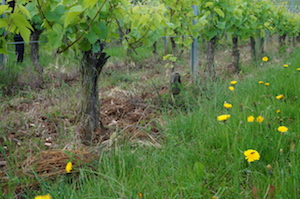
It all started with a relatively mild and wet winter for the majority of France's wine growing regions, with the notable exception of the Languedoc, where Domaine Allegria reported in May that there had been a distinct lack of rainfall in the region, risking to lower the yield of the vines. But for the other regions, the problem was the opposite. With the seasonally warm temperatures, the vegetation was in advance, but the work in the vineyards was behind schedule. The water logged ground made it very difficult for the tractors and machines to get out into the vineyards to work the soil and treat the vines against odium and mildew. The organic treatments are ones of contact, and do not enter the plant, so after each rainfall, you need to treat the vines again.
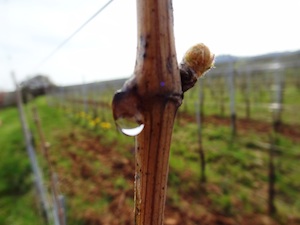
Fortunately, Spring brought sun and warmth throughout the regions, which enabled the wineries to finish the pruning and then to set about de-budding, raising the training wires, and treating the vines in optimal conditions. In the Médoc, Château Beau Rivage signalled a small amount of coulure of the vines at the moment of flowering. At the end of Spring and beginning of summer, the vines made the most of the good weather, which accelerated their growth, and our partner winemakers were observing the vines to be between one and four weeks ahead of a normal year depending on the region. It also meant fewer treatments were necessary, and so efforts could be channelled into the work needed to help the vines in their growth.
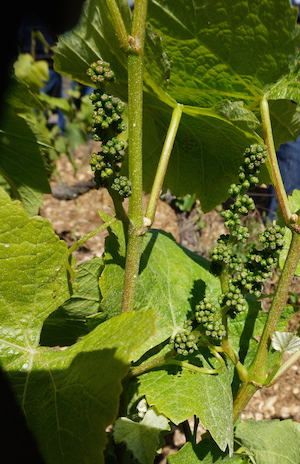
The summer that then followed brought with it much worrying due to the very wet July and August. The growth of the vines and the maturity of the grapes slowed dramatically. There was a bit of everything - the rain brought the risk of infection from mildew, a few very hot days, notably in the Bordeaux region, managed to scorch some of the more exposed grapes, and the hail and thunder storms also damaged some vineyards, although fortunately our partners weren't too badly affected.
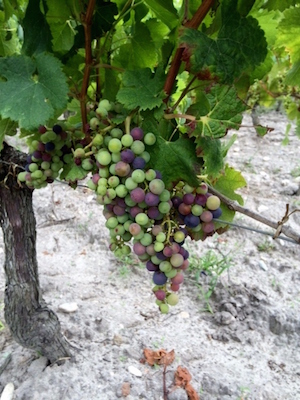
So, enough to preoccupy the minds of our winemakers, but thankfully we had magnificent weather from the end of August through the months of September and October. This Indian summer enabled the vegetation to catch up lost ground, and for the grapes to ripen nicely and in a good state. It also made the harvest that much more enjoyable, and the participants of the Gourmet Odyssey Harvest Experience Days also got to benefit from the nice sunny days!
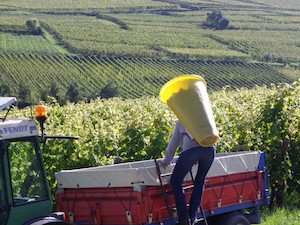
The first impressions from our partner winemakers are of a little less quantity than a normal year, but still much better than the preceding two years. But most importantly, the quality of the grapes has been good. The vinification is in full flow in most of the cellars, and the winemakers are predicting a good to very good vintage!
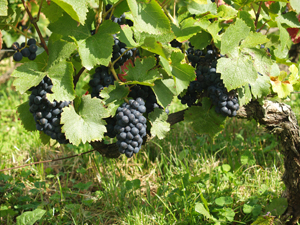
The climatic conditions, the terroir and the winemaker combine to make the wine what it is. But no-one yet controls the first element! And so it's the talent of the winemaker in cultivating the vines and working in the cellar that makes all the difference. On the vinification side of things, it's still a few month's too early to fully evaluate the quality of the new wines, but that's what makes each new vintage so exciting and wine so passionate!




